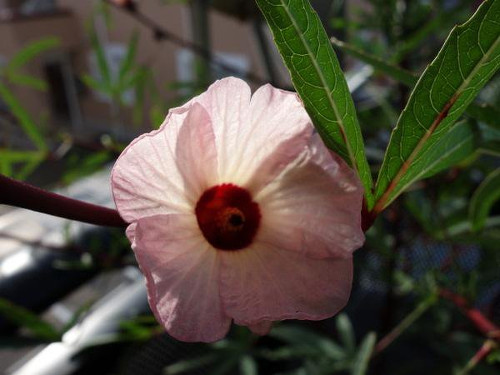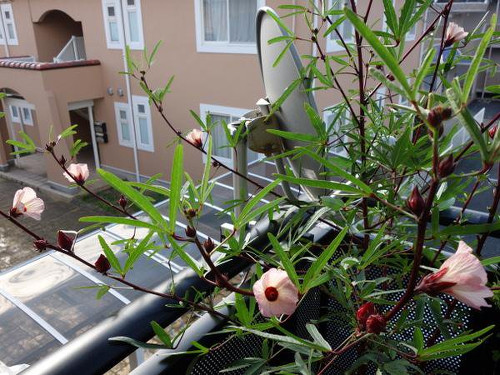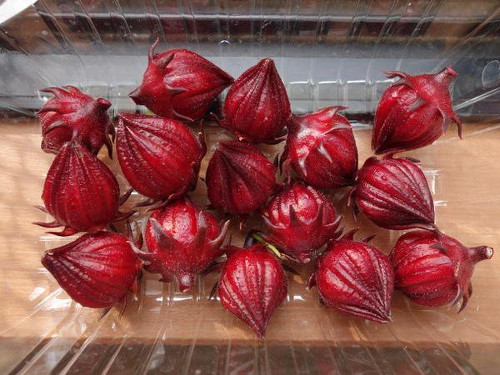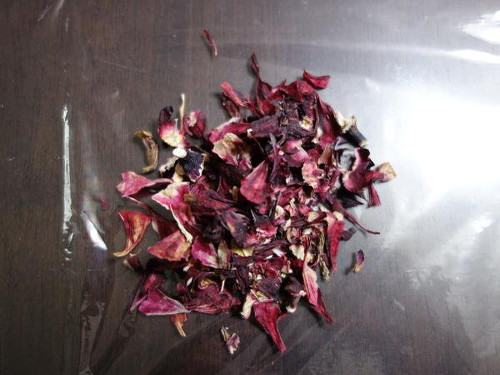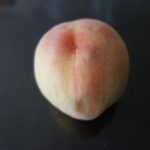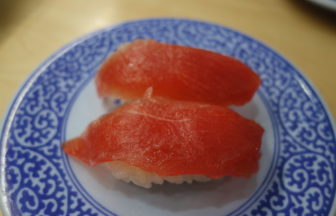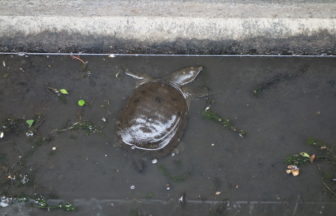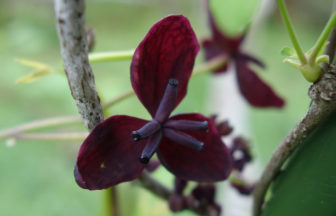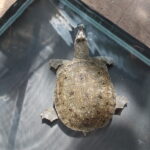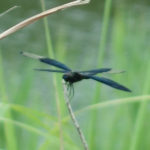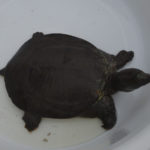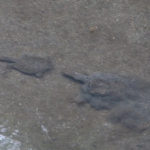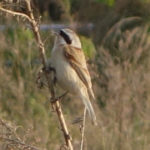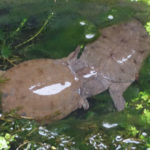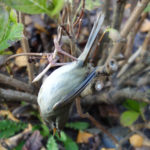Roselle contains “Ku-en-san (クエン酸)”, that is, “citric acid” in English. Red component is anthocyanin dye that is known as one of the plant pigments (phytochemicals) that work as antioxidant. This dye, anthocyanin, can be used as photosensitizer for dye-sensitized solar cell (DSSC). DSSCusing organic dye is also a candidate for renewable energy resources, though practical application is very difficult due to photofading of organic dyes by solar light.
Tea is “o-cha (お茶)” or “ryo-ku-cha (緑茶)” in Japanese. We Japanese usually use the term “o-cha (お茶).” We hardly ever use “ryo-ku-cha (緑茶)” usually. But, when you foreigners want to have “black tea” in Japan, maybe you’d better say the term “ko-cha (紅茶)” in Japanese instead of “black tea” in English. The reason why I strongly recommend you (should) say “ko-cha” is just because some Japanese don’t know the meaning of “black tea.” Though “black tea” corresponds to “ko-cha”, some Japanese tend to think that “ko-cha (紅茶)” is “red tea” because the meaning of “紅” in Kanji is “reddish” or “red”. Therefore, they don’t regard “black tea” as “ko-cha” and may bring you “Oolong tea, u-ron-cha (ウーロン茶)” or something like that because the color of u-ron-cha is one of the most blackish among the popular teas in Japan. If you simply say “tea” in Japan, this probably means you want to have “green tea (緑茶).” The meaning of “tea” is “お茶” or “緑茶” in Japan.
“Hibiscus tea” means “Roselle tea.” The taste of my home-made Roselle tea is slightly sweet and sour. Commercially available Rose Hip Tea is sourer than my Roselle tea.
Home-made Roselle tea
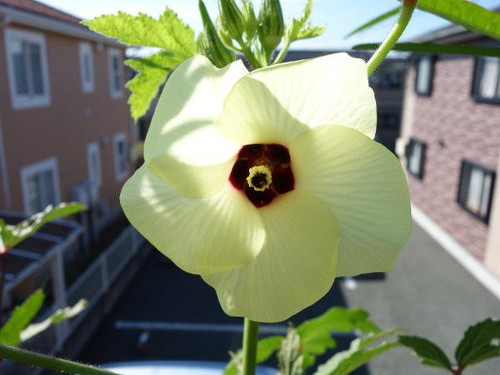
This is a flower of Okra similar to that of Roselle.
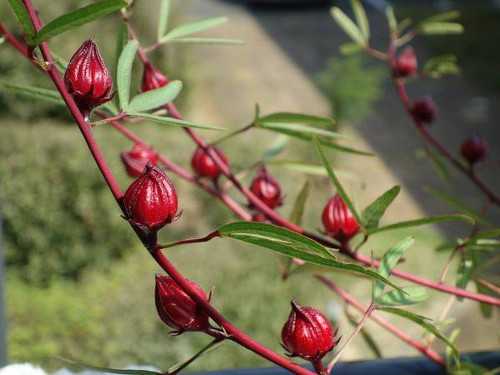
Fruits of Roselle containing anthocyanin and citric acid.
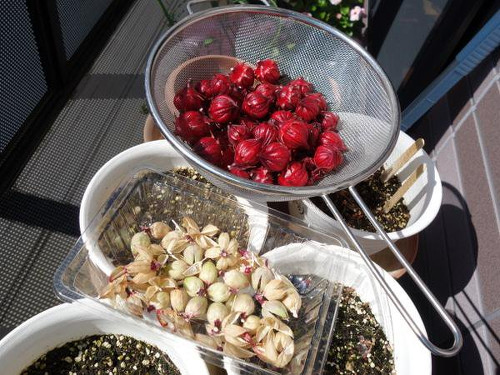
Sun-drying of fruits of Roselle.
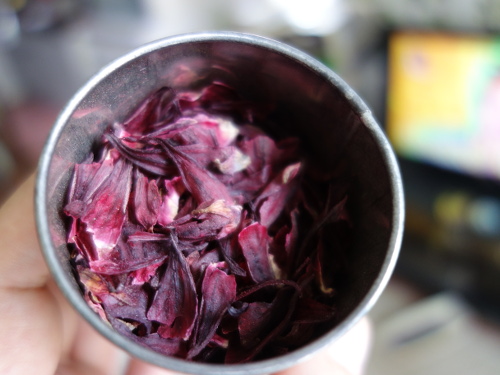
Dried sepals of Roselle stored in refrigerator since autumn of 2015.
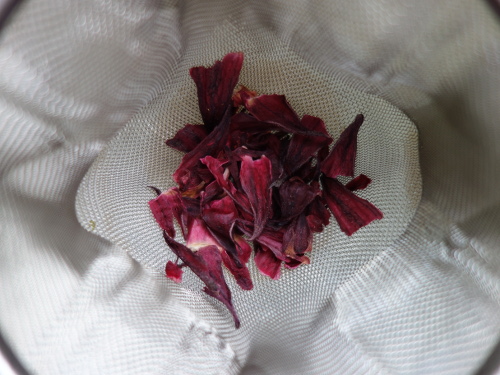
Sun-dried sepals of Roselle in tea strainer that is put in Kyusu (Japanese pot for making tea).
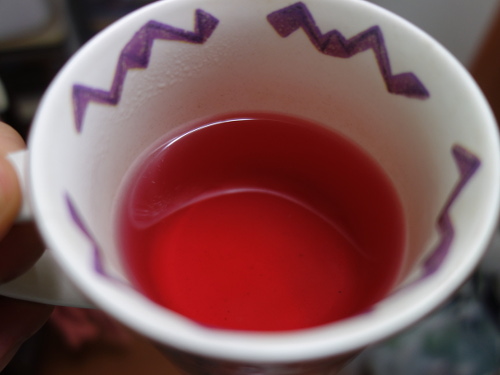
Hot water was poured into the Kyusu. After 15 minutes’ extraction, extraction liquid is reddish due to anthocyanin. It contains citric acid, too.
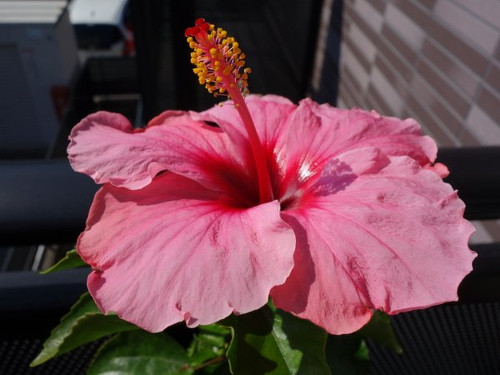
This is a flower of Hibiscus. Flowers of Roselle, Okra and Hibiscus are very similar. But, Hibiscus tea is not made from Hibiscus flower. Hibiscus tea corresponds to Roselle tea.


